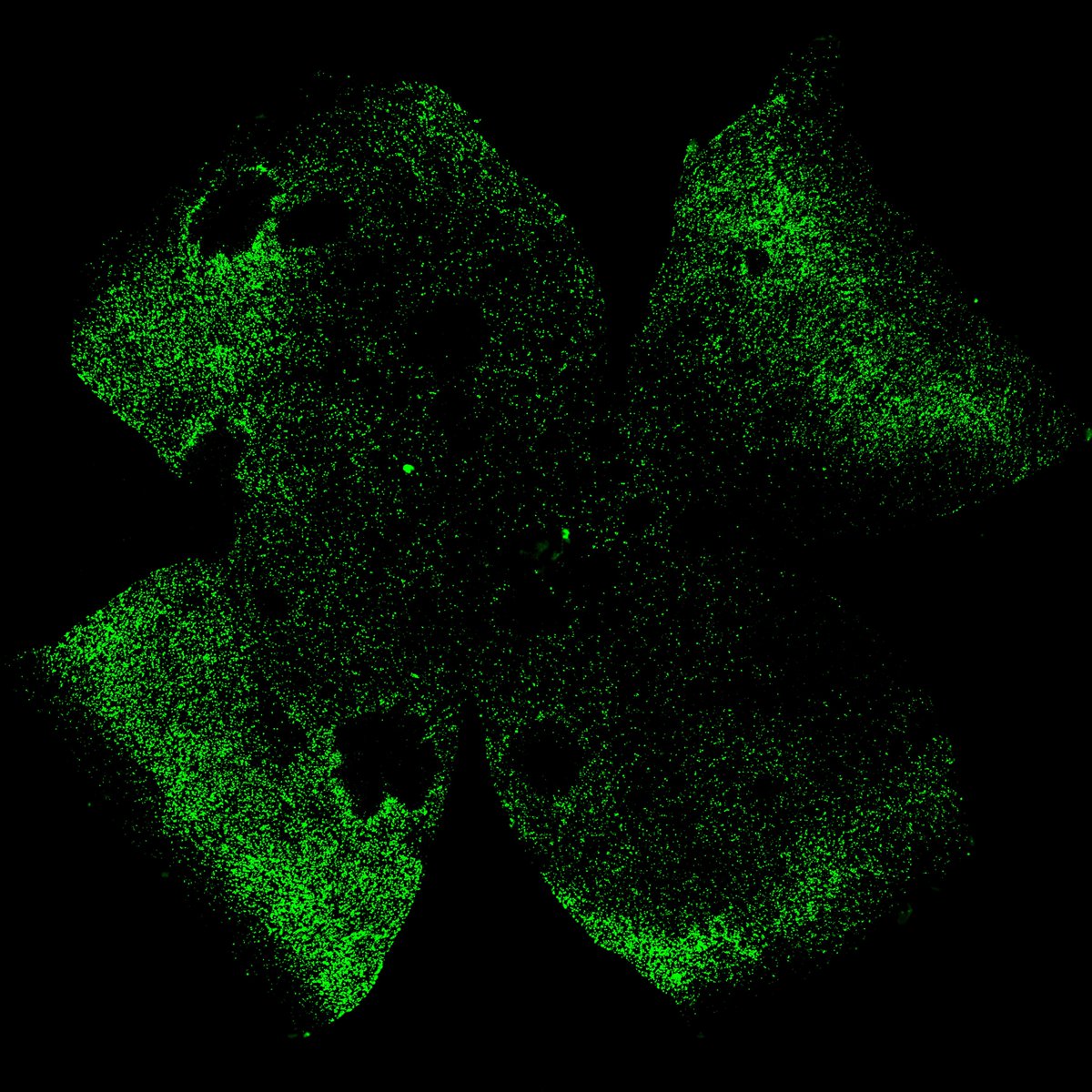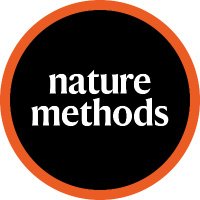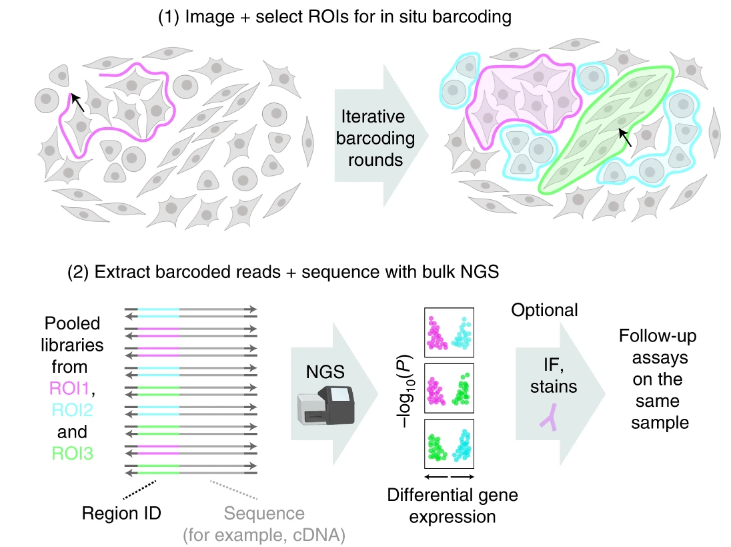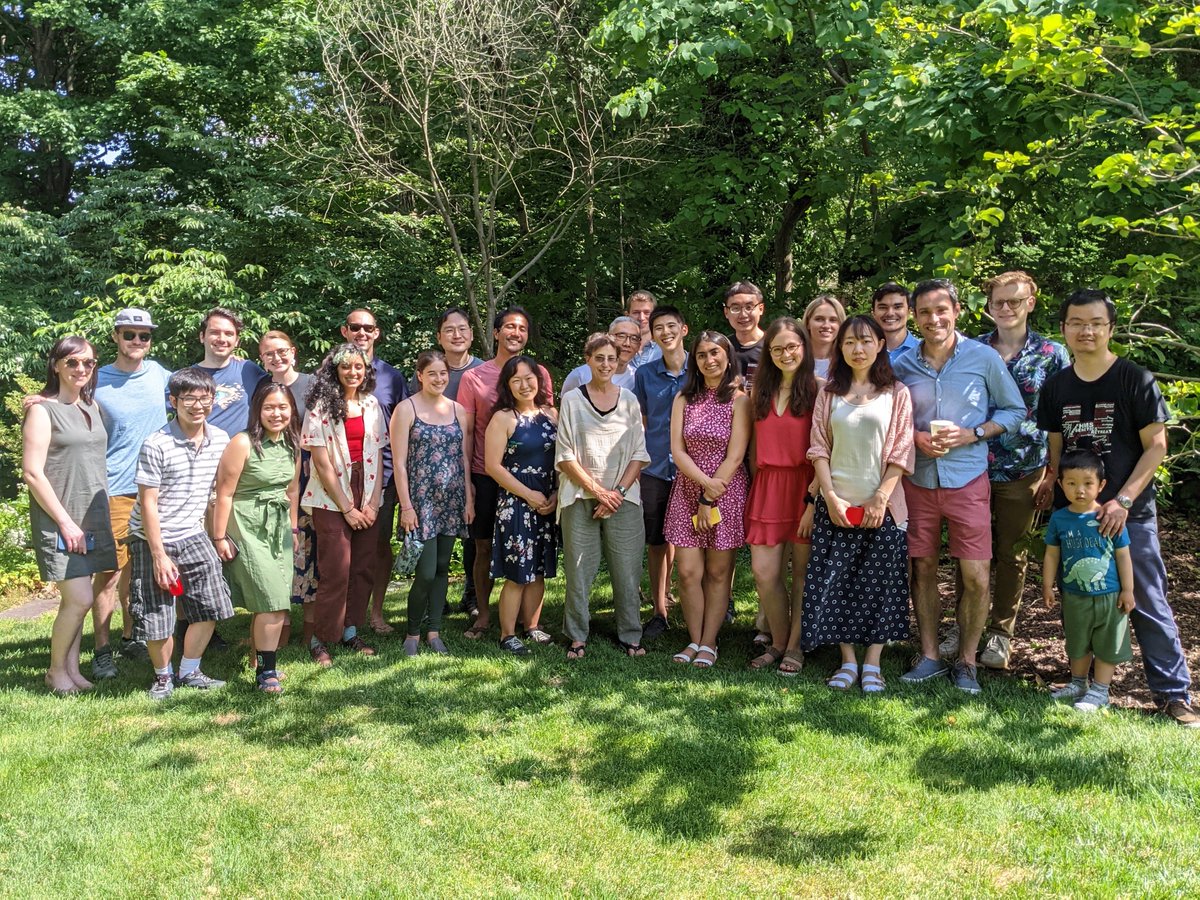
Jiho Choi
@jihochoi12
Postdoc at HMS
ID: 1046411236982870017
30-09-2018 14:47:35
45 Tweet
34 Followers
73 Following


Our paper about methyltransferase-independent function of Whsc1 in mesendoderm specification is out. Thanks to the whole team @B_DiStefano_ @G_Stik @JosLuisSardina1 Quique Vidal CaroSegura go.nature.com/2LfTVP5


Do you ever wonder what it would look like if you could move through a whole mount #retina from the ganglion cells to the photoreceptors? Probably not.. But here’s a GIF! Stained with WGA and SABER-FISH for an RNA marker of bipolar cells 🌟#microscopy #neuroscience ZEISS Microscopy




HHMI News: Jennifer Doudna (@doudna_lab) has been awarded the 2020 The Nobel Prize in Chemistry for the development of a method for genome editing. #CRISPR bit.ly/33Cn8MW






CD47 is best known as a cancer target, but can the "don't eat me signal" also help protect cells? Our latest paper in JCI insight suggests yes! Using CD47, we design an AAV gene therapy that slows retinal degeneration in mice. w/ Yunlu Sawyer Xue insight.jci.org/articles/view/…



What's new in spatial 'omics? Light-seq from the Sinem Saka, Kishi, Cepko, and Yin labs! Light-Seq uses light-directed DNA barcoding in fixed cells and tissues for multiplexed spatial indexing and subsequent next gen sequencing of even rare cell types. nature.com/articles/s4159…


As the first-author of multiple eLife - the journal papers and a general believer of the system, I'm cautiously optimistic about the new phase. For those worried that it will be a cesspool of terrible papers as a result of cronyism, here's why you better only submit your best papers there:



